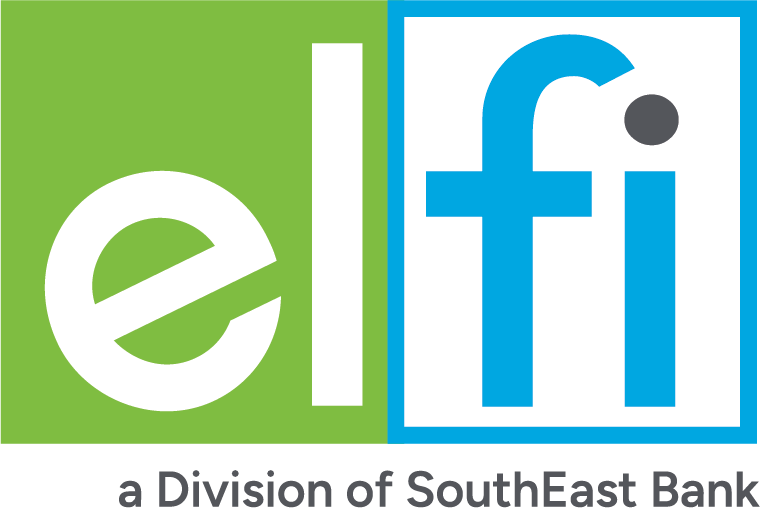Student Loan Default: What It Is and How to Recover
Borrowers can get federal student loans out of default with options like loan rehabilitation and consolidation.

Many, or all, of the products featured on this page are from our advertising partners who compensate us when you take certain actions on our website or click to take an action on their website. However, this does not influence our evaluations. Our opinions are our own. Here is a list of our partners and here's how we make money.
As part of the first coronavirus relief bill, the government stopped federal student loans from entering default and paused collection activities on those that already had defaulted. As of October 2024, Federal student loan payments have resumed, and student loan borrowers must make payments or face consequences like delinquency or default and penalties including garnished wages.
» MORE: How to get student loan help
What is student loan default?
Student loan default means you did not make payments as outlined in your loan’s contract, also known as its promissory note. Default timelines vary for different types of student loans.
Federal student loans. Most federal student loans enter default when payments are roughly nine months, or 270 days, past due. Federal Perkins loans can default immediately if you don’t make any scheduled payment by its due date.
Private student loans. Private student loans often default after three missed monthly payments, or 90 days total, according to the Consumer Financial Protection Bureau. But check your loan’s promissory note for specific timing — some private loans default after one missed payment.
» MORE: Student loan debt statistics
What happens before default?
Before federal student loans default, they enter a status known as delinquency. Loans are considered delinquent as soon as you miss a payment, although your servicer won’t report these late payments to credit bureaus until 90 days have passed.
Delinquent federal student loans are eligible for postponements and repayment plans that could make payments more affordable, such as income-driven repayment, deferment and forbearance. You cannot use these options once loans default, so contact your servicer immediately if you fall behind on your payments.
Many private lenders will help you catch up on payments by temporarily lowering your monthly payment or allowing you to pause repayment with a deferment or forbearance.

Are your student loans in default?
If you aren’t sure if your student loans are in default, the easiest way to find out is to check with your servicer. If you aren’t sure who that is — or aren’t ready to have a conversation with them about your loans — you have a couple of other options.
Log in to studentaid.gov. All federal student loan borrowers have a My Federal Student Aid account they can access with their FSA ID. Sign in to your account, select a loan and look at its repayment status to see if it’s listed as in default. Your account also includes information about your servicer, if you need it.
Pull your credit report. Your credit report will list federal and private student loan defaults under the negative information section. You can get a copy of your report for free each week at annualcreditreport.com, as part of a pandemic measure.
These resources may not be updated in real-time, so your loan could be in default and not show up as such. Confirming your loan’s status with your servicer is your best bet.
What happens if you default on student loans?
A student loan default can affect you in many ways. Penalties of default include the following.
One penalty you don’t have to worry about is being arrested or imprisoned for not paying a student loan. However, your lender can sue you to repay your loans. In many states if your lender wins a court judgment against you, you can be arrested for not complying with the court’s order. Don’t ignore a court summons.
My student loans are in default what do I do?
In April 2022, the Education Department announced a new program to help defaulted borrowers called Fresh Start. This program offers 7.5 million eligible borrowers the chance to lift their loans out of default and into good standing. It will continue for one year after student loan repayment pause, known as forbearance, expires sometime in 2023.
Some Fresh Start benefits are automatic, like the ability for defaulted borrowers to federal student aid and other government loans. However, if borrowers don’t actively enroll in Fresh Start, they will lose these benefits when the program ends. In order to take full advantage of the program, borrowers must take the following steps.
Visit myeddebt.ed.gov for more information about Fresh Start.
Visit studentaid.gov to determine if your loans might be eligible for Fresh Start.
Call the Default Resolution Group at 1-800-621-3115.
Besides the new program, the Education Department offers three clear ways to recover from federal student loan default: repayment, consolidation and rehabilitation. Each can prevent or halt the consequences of default if you act fast enough; the best one for you will likely depend on your priorities.
If you want to get out of debt entirely
Repayment
When student loans default, the full amount owed becomes due immediately. If you can afford that, you can pay off your loans and be done with your debt. Of course, that won’t be possible for most borrowers. You may be able to negotiate a student loan settlement for less than you owe, but don’t expect big savings.
Don’t take on a personal loan to pay your student loans — even if they’re in default. Personal loans typically carry higher interest rates than student loans. Explore other remedies that won’t put you in more debt.
If you want to help your credit
Rehabilitation
Student loan rehabilitation is the best option in most cases because it’s the only one that removes the default from your credit report, though previously reported late payments will remain.
To rehabilitate your loans, you must make nine monthly loan payments within 10 consecutive months. Your monthly payments will be 15% of your discretionary income, or you may request a lower amount.
You can only rehabilitate a student loan once. If you choose this option, make sure you can afford your payments once you complete the process, likely by enrolling in an income-driven repayment plan.
Borrowers who successfully rehabilitated their loans
Year | Approximate borrower count |
|---|---|
2017 | 347,000 |
2018 | 365,000 |
2019 | 352,000 |
2020 | 436,000 |
2021 | 166,000 |
If you want to resolve the default quickly or already rehabilitated the loan
Consolidation
Besides paying in full, student loan consolidation is the fastest route to exit default. You can do either of the following to qualify:
Make three full, on-time, consecutive monthly payments on the defaulted loan.
Agree to repay your new loan under an income-driven repayment plan.
Consolidation may make sense if you have to resolve the default quickly, for instance if you’re returning to school and need access to financial aid. Consolidation will not remove the default line from your credit report.
How to recover from private student loan default
Private student loans don’t come with standard recovery options like federal loans.
Ask your lender about possibilities for getting out of default. It may have options similar to federal loan default programs, or you may be able to negotiate another resolution to repay or agree to a student loan settlement for less than you owe.
If you can’t work something out with your lender, consider contacting a lawyer who specializes in student loans. The private student loan market is especially complicated, so having someone who understands the system, your rights and your options is crucial.
How to find additional student loan help
Legit student loan help organizations won't call, text or email borrowers with offers of debt resolution. Avoid “debt relief” companies that promise immediate student loan forgiveness. If it sounds too good to be true, it usually is.
Here are some vetted student loan help resources to consider for information, advice or both; they are established organizations with verified histories:
Student loan help resource | Best for |
|---|---|
Advice on repayment plans, forgiveness programs and dispute resolution. | |
Comprehensive information on options for student loan borrowers. | |
Advocacy on behalf of all borrowers to influence policy. | |
Complete financial review for struggling borrowers, which can include advice on student loan options and plans for dealing with other debt. | |
Advice on repayment plans, help with paperwork and budget counseling. | |
Free virtual workshops and one-on-one appointments for struggling borrowers. | |
Information for student loan borrowers and an attorney directory. |
Many of these organizations offer advice for free. In some cases, you may need to pay a fee, as with a certified nonprofit credit counseling agency or if you hire an attorney.
Student loan refinancing from our partners

on SoFi®
SoFi®
4.5
NerdWallet rating
4.5
NerdWallet rating4.49% - 9.99%
650
on SoFi®
on Earnest
Earnest
5.0
NerdWallet rating5.0
NerdWallet rating4.45% - 9.89%
650
on Earnest



